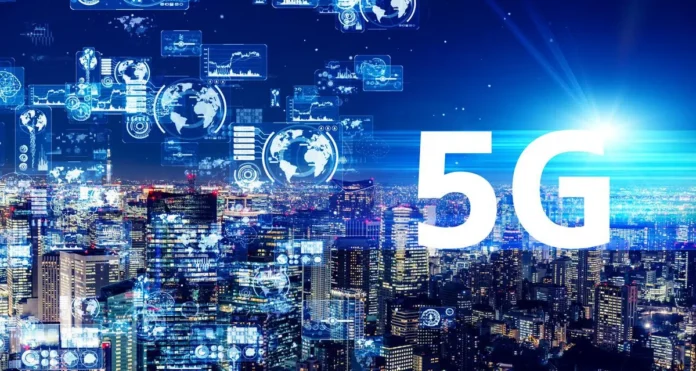What is 5G technology?
The fifth generation of mobile networks, or 5G, has the potential to transform connectivity completely. It is the successor to 4G and is expected to deliver faster speeds, lower latency, and increased capacity. With download speeds up to 20 times faster than 4G, 5G will enable new applications such as virtual reality, augmented reality, and autonomous vehicles. Visit Techiance to explore how this revolutionary advancement is transforming the way we connect, communicate, and collaborate.
At its core, 5G technology uses higher-frequency radio waves which shorter wavelengths than those used by previous generations of networks. This allows more data to be transmitted faster with less interference from other devices. In addition, it also allows for greater network density which means that more devices can connect simultaneously without affecting performance.
Overall, the rise of 5G technology represents a significant step forward in terms of connectivity and opens up a world of possibilities for new applications and services. With its ability to offer low latency connectivity at high speed across multiple devices simultaneously- something that was not possible before- there’s no doubt that this technology will change how we work and live.
The benefits of 5G technology
The benefits of 5G technology include faster download and upload speeds, lower latency, increased capacity, and improved reliability and security.
One key advantage of 5G is its speed. With download speeds up to 10 gigabits per second (Gbps), it’s about ten times faster than the fastest available 4G networks. Streaming high-quality video content or downloading large files will be much quicker and smoother. Discover the power of 5G at Tech Nolik and witness the seamless connectivity that is propelling innovation across industries.
Another benefit of 5G is lower latency – the time data travels from one device to another. With latency as low as one millisecond (ms), compared to around 50 ms on current networks, there will be virtually no lag time when accessing online services or using devices such as virtual reality headsets.
Finally, improved capacity and reliability mean that more devices can connect simultaneously without affecting performance, making it possible for smart cities with interconnected sensors that collect real-time data on traffic flow or air quality levels. Overall, the benefits of 5G technology will transform how we live our lives in unprecedented ways.
How is 5G different from previous generations?
5G technology is the next generation of wireless networks that promise to revolutionize connectivity. Unlike its predecessors, 5G operates on a higher frequency band and uses smaller, more powerful antennas to transmit data faster. This means it can handle more data-intensive applications, such as virtual and augmented reality, without experiencing lag or buffering.
Another major difference between 5G and previous generations is its low latency rate. This refers to the time a device takes to communicate with the network. With 5G, this delay is significantly reduced, meaning that devices can communicate with each other in real-time. This opens up new possibilities for applications such as self-driving cars, remote surgery, and smart cities.
Conclusion
In conclusion, the emergence of 5G technology is set to revolutionize connectivity in a previously unimaginable way. The improved speeds, latency reductions, and bandwidth increases are just some of the benefits consumers will enjoy.
This faster and more reliable network will enable the seamless integration of smart devices into our daily lives. It has already begun to transform various industries, such as healthcare, transportation, and entertainment, and its impact will only grow in the coming years. Discover how this technology is reshaping industries, empowering businesses, and enhancing the way we live and work by visiting this website Tech Preds.









